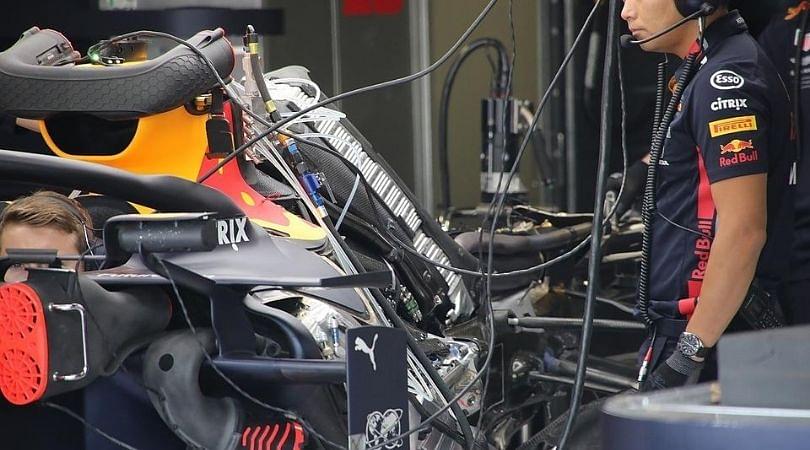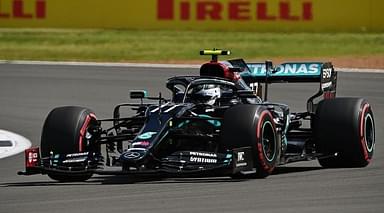The performance of a Formula 1 car is measured in terms of power, which is measured in watts. Watt is simply the rate of energy transferred in a unit of time.
Formula 1 has no regulations for how much power a team can use in their cars. There are engine specifications thought, which need to be complied to. The specifications are four-stroke, turbocharged 1.6 litres, 90-degree V6 turbo engines. The maximum engine power rotational speed is 15,000 revolutions per minute (rpm).
Coming to the amount of power generated, the exact numbers are highly classified in nature by the engine providers. The current F1 engine providers are Ferrari, Mercedes, Honda and Renault. Mercedes is considered to have the maximum Horse Power (HP). Ferrari comes next. Initially, Honda’s engine wasn’t considered at par with Ferrari and Mercedes.
Moreover, they even lost a contract with McLaren due to engine reliability concerns. But Red Bull bestowed their trust in them, and in return, Honda gave them a constructors’ title and two drivers’ championships since 2021. After the end of 2021, Honda departed from the sport.
Yet, Red Bull still enjoys their power unit, as they lobbied for an engine freeze. However, for 2026, Honda is sitting for all the discussions as they contemplate their return.
How powerful are F1 engines in 2023?
Around 10 years ago, the current F1 engine regulations were implemented. Since then, they haven’t changed much, especially since the 2021 season because of the engine freeze, and they carry the same efficiency.
The total power of an F1 engine is measured after calculating the power in the V6 engines and Energy Recovery System (ERS). Considering the development of engines by the aforementioned engine suppliers, it is considered that the current F1 cars carry more than the magic number of 1000 HP. Despite this, the F1 cars are extremely safe to drive, with good fuel efficiency, with major accidents are rarely reported from the tracks.
Engine power is not a problem… 346 km/h!! 🏎💨
🎮 #F12021Game
🙋♂️ @AidenJacksonF1
🇵🇹 #F1 #PortugueseGP pic.twitter.com/EdI9pVbMf2— Beatdown Racing x Veloce (@BeatdownRacing) March 8, 2022
Though, with the new regulations stepping in less than three years, their power would be upgraded. Therefore, more gains in horsepower could be expected.
F1 Engine Specs 2023: Elements in a Formula 1 Engine
There are six primary components in a modern F1 Power unit, which comprises the engine. The most significant is the Internal Combustion Engine (ICE), which connects the chassis to the gearbox. The second component is the turbocharger (TC), which manages air density to generate extra engine power.
Then there are two types of Motor Generator Units – Kinetic (MGU-K) and Heat (MGU-H). The MGU-K collects and stores kinetic energy when the car is braking. The MGU-H is connected to the turbocharger and harnesses exhaust waste energy, contributing to the overall power.
The modern V6 turbo engines contain electric energy stored in what is known as the Energy Store (ES). All five elements are controlled by the final element, Control Electronics (CE). Simply put, it is the CPU (Central Processing Unit) of an F1 engine. Each F1 Driver can use three ICE, MGU-H and TC and two ES, CE and MGU-K in a single season.
Also read: Lewis Hamilton Joins Max Verstappen in Calling for F1 Returning to Africa




